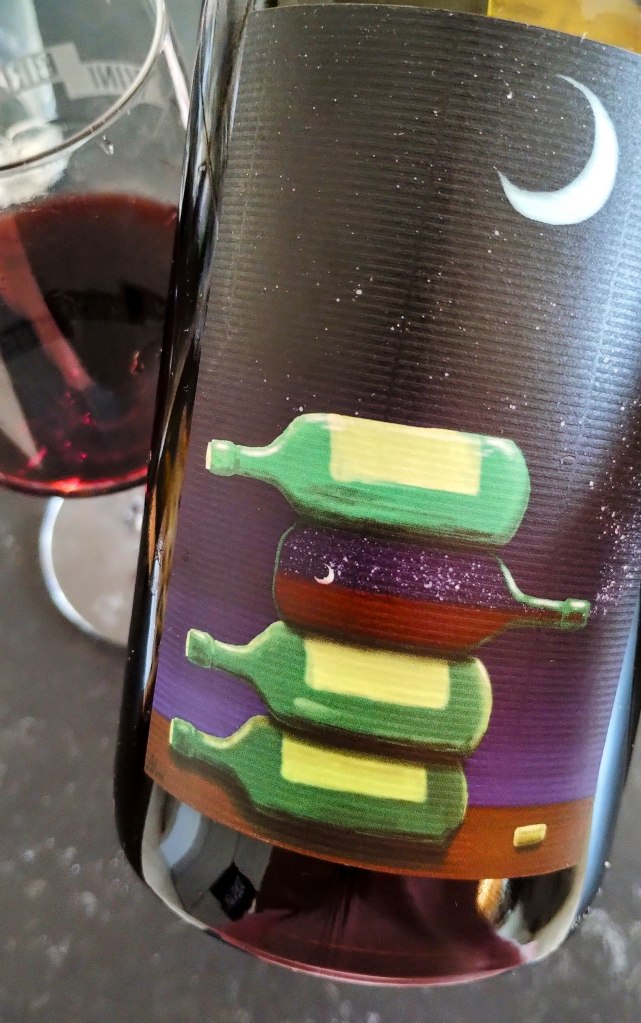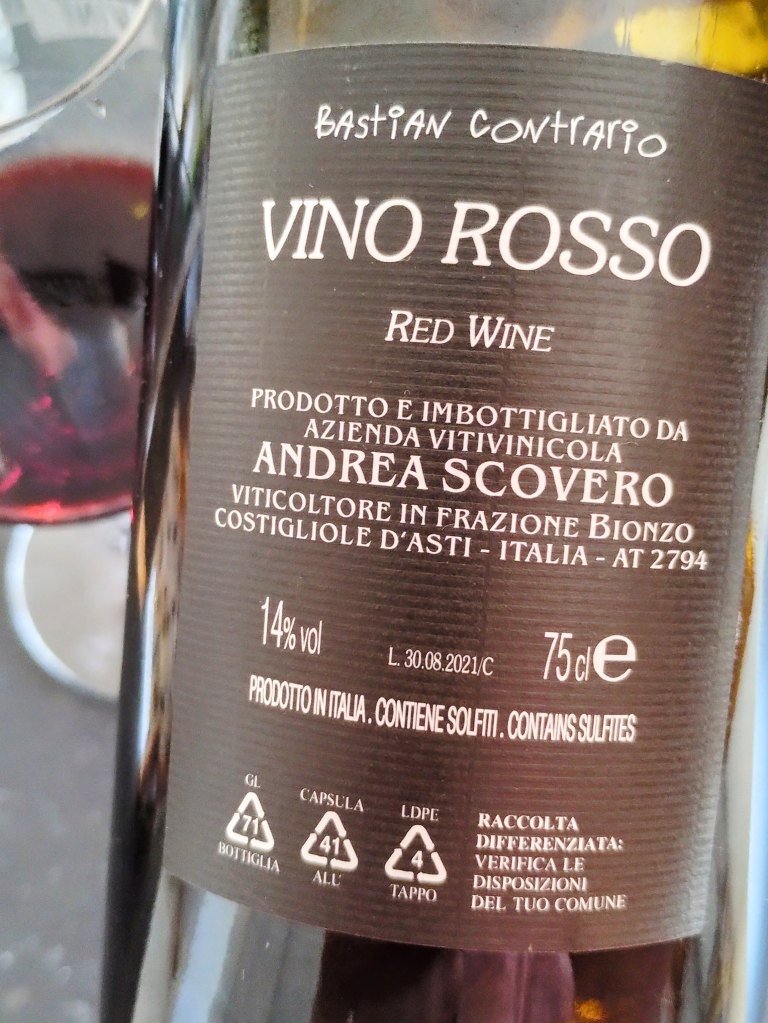The last thing one really thinks about doing, when it’s 35+ degrees outside, is taste a line-up of barbera and nebbiolo wines – basically, juggling a baby in one arm and slurping Barolo with the other – but that is the sacrifice I made last month. It happened to be an opportune moment, before harvest starts, for my brother-in-law who wanted to do a critical deep-dive through the optic of his distribution company and team-building with our winery employee whose first love is Piedmont.

I don’t turn down these opportunities because I enjoy blind-tasting – it is always an interesting experience, free of any prejudices, – and because, I mean, who would say no to nebbiolo?
But, I’m going to blame it on the August heatwave because only a few of the wines we tasted did I find particularly impressive. One was like drinking sawdust, another was too constructed and for another wine, my tasting notes reads “strawberry starburst” and let me just say, that’s not something you want to find in a Roero Nebbiolo.
It’s with this backdrop that, the other day, I picked out a wine from Andrea Scovero, third-generation winemaker in the frazione of Bionzo, in Costigliole d’Asti, Piedmont. Andrea is too experienced to be considered part of the new wave of fruit-forward, radical-thinking winemakers but he has actually been making alternative, even subversive, natural wines for 20+ years.


Bastian Contrario [2020] L.30.08.2021 vino rosso from Andrea Scovero
Because it’s a vino da tavola, in Piedmont, the winemaker is not allowed to write the vintage or the variety on the label but I’m deducing from the lot number that it’s a 2020 and Google tells me this is 100% brachetto.
Brachetto falls in there with grape varieties like grignolino and freisa in the category of Overlooked Piedmont reds. Usually made into a semi-sweet, sparkling red, it turns out that brachetto is delicious in this expression as a dry red.
I’m a big fan of chilled summer reds (in the same way that I like warm winter whites…) but this doesn’t fit under that umbrella. No, we’re not in glouglou territory here. It’s 14% ABV and is best drunk at room temperature (let’s say around 20-21 degrees.)
At that temperature, you get the best out of the remarkably expressive, fragrant nose. There’s really ripe raspberries and juicy black plums with little floral element – dusty roses – which, all in all, makes for a surprisingly elegant wine. There is a juiciness on the palate which makes it remarkably low-maintenance, in the most appealing sense of the term. To borrow a term from the French, it’s a vin libre.
This is kind of wine that is perfect right now, in the early autumn. There’s not the earthiness of a real autumnal wine, the kind that pairs with mushrooms and, in an ideal world, truffles. Here the tannins are so delicate as to almost be ephemeral. There is no detectable wood presence that partners so well with cold evenings by a log fire. It’s just a delicious, quaffable red wine.
Incidentally, it also holds up remarkably well after opening; this bottle was sitting on my kitchen counter for the best part of a week before I got a moment to sit down and write the tasting notes. (Just a few days until the schools reopen and some semblance of normal life can recommence!)
Price: € – a weekday wine
Rating ***+ – absolutely worth the hangover
